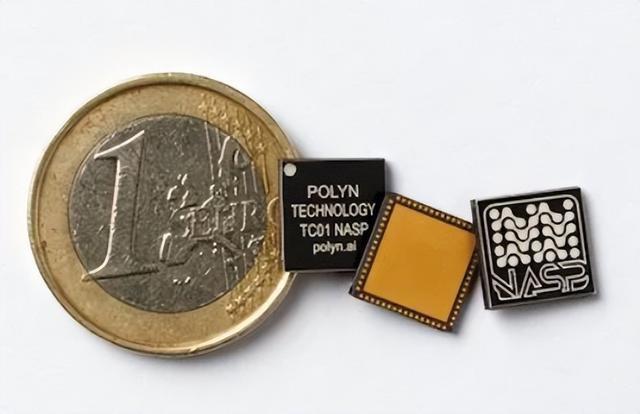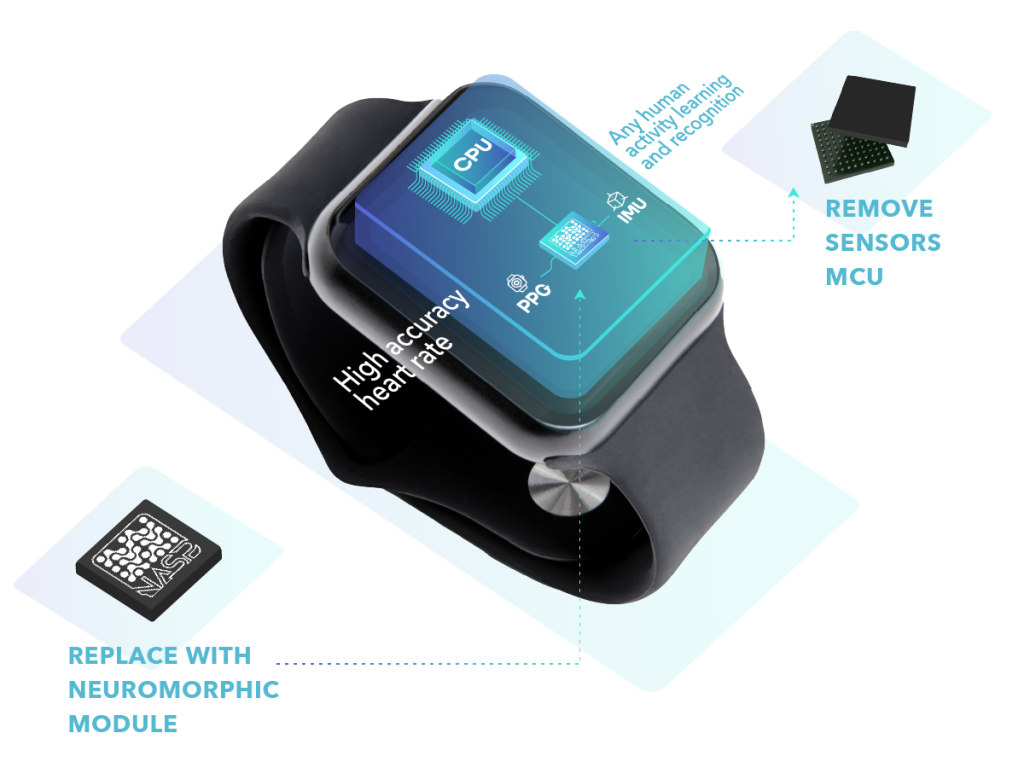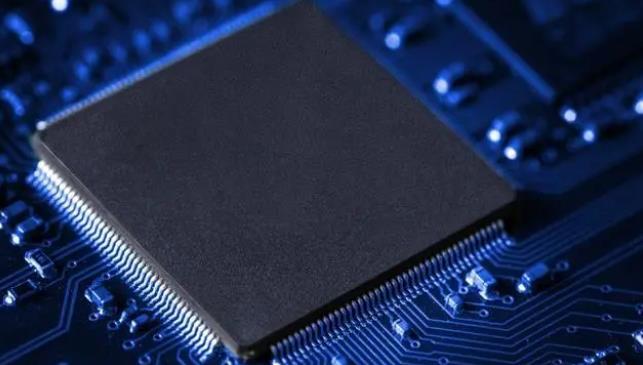Israeli company POLYN launches voice processing Tiny AI chip
 17 Nov 2022 17:05:38 GMT
administration
17 Nov 2022 17:05:38 GMT
administration
With its headquarters in Israel, POLYN was established in 2019. Wearables, Industry 4.0, connected health, smart homes, and other edge AI applications can all be supported by POLYN's ultra-low-power, high-performance neuromorphic analog signal processing (NASP) technology, IP, and Tiny AI chips.
POLYN's Tiny AI Solution
AI is now moving faster from the cloud to the edge and into ever-smaller internet of things devices. Tiny Machine Learning, or Tiny AI, is machine learning implemented on terminal and edge-side microprocessors (also known as TinyML). Tiny AI especially refers to procedures, instruments, and strategies that let machine learning on apparatuses with mW power levels.
Devices for the Internet of Things are becoming more and more common. The ability to use machine learning models on devices with limited resources opens up a world of new opportunities. Wearables that track heart rate (HR) and recognize human activity (HAR) are a good example because PPG/IMU sensors continuously generate data and the processing of that data uses a lot of battery power.
A POLYN executive said potential customers were wary of inaccurate measurements and short battery life in wearables. This happens because the most common current implementations in wearables are based on algorithmic calculations that are energy-intensive and not really accurate. It is possible to use a wearable device in the form of a ring, but there aren't many smart ring models on the market right now that can actually be worn on a finger. Reducing power consumption is essential for this form and calls for new kinds of hardware.
A Tiny AI solution created by POLYN called Neuromorphic Analog Signal Processor Technology (NASP) is intended to optimize raw data, lessen CPU load, and decrease the quantity of data sent to the cloud. True AI for sensor devices is provided by NASP technology, which has historically low power consumption, compact size, and low latency. By detecting analog and digital signals, various sensors can be given intelligence.

In order to create a real neural mimicry chip, POLYN claims that the company's NASP technology employs a special platform that takes a trained neural network as input and uses mathematical modeling to complicate the neural network. An operational amplifier is used in the NASP chip's analog circuit to represent neurons, while thin film resistors are used to represent axons.
The 55nm CMOS technology is used to implement the NeurorSense chip that POLYN has unveiled. The presentation claims that when it functions as an edge signal sensor, it can interpret raw sensor data via neural mimicry computing without digitizing analog signals. Because of this, the business refers to it as the first neuromimicry analog TinyML chip that may be utilized without an analog-to-digital converter adjacent to the sensor (ADC).
Advantages Of Neuromorphic Chips
Neuromorphic analog signal processing, with its ultra-low power consumption of about 100 uW and precision that is twice as high as conventional algorithms, is the perfect answer for devices that make measurements that are genuinely always on-line.
In the 1980s, scientists advocated mapping the human brain's functionality to hardware, or directly simulating the human brain's structure using hardware. This process is known as brain mimicry computing, and the hardware used for it is known as a neural mimicry chip. The introduction of the neural mimicry chip follows nearly 40 years of development.
Traditional artificial intelligence is mostly computational, i.e., it is achieved by programming and other techniques. Deep learning is currently one of the most popular technologies among them. Deep learning technology first became widely known around 2006. It provides machine vision, speech recognition, and natural language processing capabilities by adding layers of artificial neural networks.

Huang Tiejun, a professor at the School of Information Science and Technology at Peking University, said in a previous interview that although deep learning is supported by artificial neural networks, the shadow of intelligence through computing has not disappeared. However, compared with traditional computing, the algorithm model of deep learning has changed, and the physical carrier of realization is still the computer.
Neural mimicry computers creates a pulse brain network, which mimics biological neural networks to acquire intelligence, as opposed to the multi-layer artificial intelligence neural network used in deep learning. It is no longer dependent on the computer and is capable of processing information carriers on its own. An innovative paradigm for investigating artificial intelligence is neural mimicry computing. The pulse neural network is suited for processing complex information flows that are closely tied to time and place, whereas the existing artificial neural network works with relatively static and fixed information.
By mimicking biological brain networks, researchers are able to create artificial intelligence, which has the potential to surpass biological intelligence in the future. Even though a biological neural network is a slow system that can only produce a dozen nerve pulses per second, and organisms can only process a small amount of information, once the biological neural network is digitized, its processing power will be many orders of magnitude greater than that of a simulated biological brain.
AllwinPCBA has our own PCB circuit board and SMT assembly factory in Shenzhen, China, and we also have service offices located both in China and in Texas, USA (welcome to visit). If you have any needs for your PCB and PCBA, Please feel free to contact us: svc@allwinpcba.com
Get A Online Quote
Latest release



